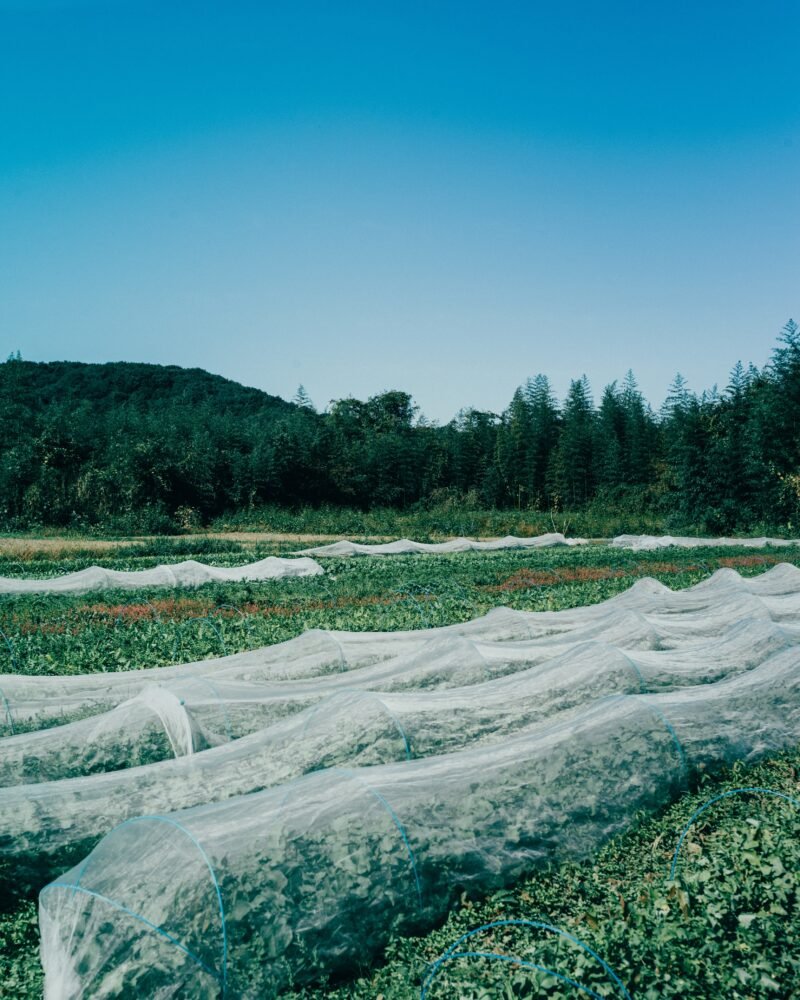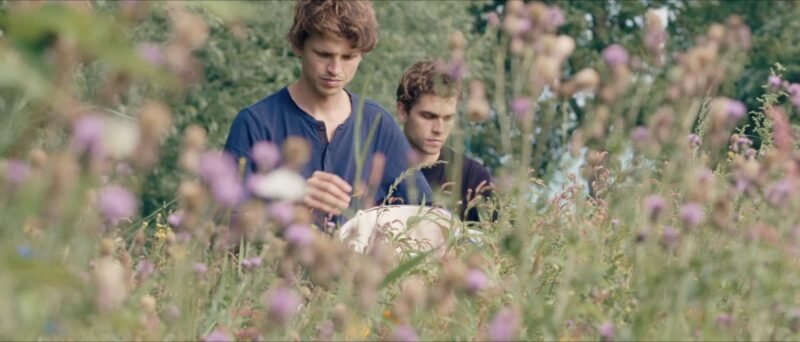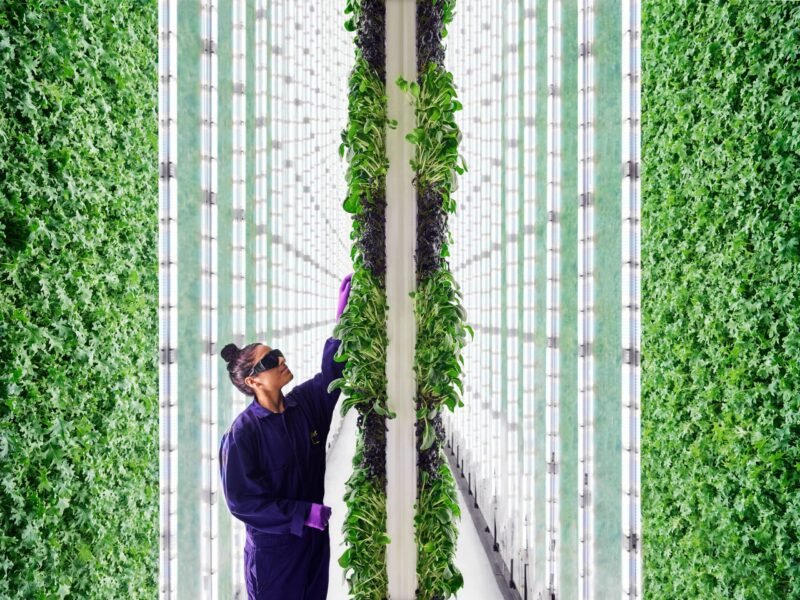Book Review: Bracket [On Farming]
![Cover of 'Bracket [on Farming]'](http://popupcity.net/wp-content/uploads/2011/01/Cover-of-Bracket-on-Farming.jpg) Anticipation and trepidation are two appropriate words to describe the feeling I had prior to the release of the debut issue of Bracket — the new annual publication curated and edited by Archinect and InfraNet Lab and published by Actar. The anticipation was due in general to the great work that InfraNet Lab has been doing lately, confronting issues of large-scale infrastructure, ecology, and architecture. Their projects often offer insightful and thorough research about the material landscape, while yielding unexpected and original results. In addition to producing Bracket, InfranetLab were recently awarded the task of authoring the 30th issue of Pamphlet Architecture, which one can look forward to with equal anticipation. The trepidation can be attributed to the selection of their debut theme — farming. Architectural speculation about urban farming, vertical farming, and other forms of alternative agricultural practices has been wildly passed about the internet in the last few years. While the subject is laudable, especially in the face of impending global ecological crises, the series of half-baked and overly-stylized attempts at bringing farming into the architectural domain appearing on ArchDaily and other design blogs have been bad. Very bad. At best they represent lazy architectural attempts to jump on a sustainable bandwagon — missing the wagon completely.
Anticipation and trepidation are two appropriate words to describe the feeling I had prior to the release of the debut issue of Bracket — the new annual publication curated and edited by Archinect and InfraNet Lab and published by Actar. The anticipation was due in general to the great work that InfraNet Lab has been doing lately, confronting issues of large-scale infrastructure, ecology, and architecture. Their projects often offer insightful and thorough research about the material landscape, while yielding unexpected and original results. In addition to producing Bracket, InfranetLab were recently awarded the task of authoring the 30th issue of Pamphlet Architecture, which one can look forward to with equal anticipation. The trepidation can be attributed to the selection of their debut theme — farming. Architectural speculation about urban farming, vertical farming, and other forms of alternative agricultural practices has been wildly passed about the internet in the last few years. While the subject is laudable, especially in the face of impending global ecological crises, the series of half-baked and overly-stylized attempts at bringing farming into the architectural domain appearing on ArchDaily and other design blogs have been bad. Very bad. At best they represent lazy architectural attempts to jump on a sustainable bandwagon — missing the wagon completely.
![Index of 'Bracket [on Farming]'](http://popupcity.net/wp-content/uploads/2011/01/Index-of-Bracket-on-Farming.jpg)
However we need not fear. InfraNet Lab and their sister organization Lateral Office, are experts at letting the architecture sit comfortably in the background of their projects. Using minimal gestures, they confront systemic problems with the skilled placement of pivot gantries and wind screens, through the clever coupling of infrastructures, and through good old-fashioned research.
Fortunately this architectural restraint shines through in Bracket, bringing together architectural speculation from contributors from around the world, focused more on the problems at hand than the aesthetics that follow. Divided into six themes — seeding, hybrids, allotments, yield, combines, and sequence — each theme is concluded by a member of the editorial board with an essay on that theme. Natalie de Vries of MVRDV reflects on her firm’s past farming projects, Charles Waldheim looks back on three seminal urban-agrarian visions by Wright, Hilberseimer and Branzi, and Mason White discusses an alternative reading of architecture as a ‘productive surface’. Maya Przybylski’s essay is especially illuminating as it places into proper context the full significance of Stewart Brand’s Whole Earth Catalog.

Project contributions are equally stimulating. Ryan Lingard puts forth a beautiful piece waxing poetic on the evolution of a poplar farm in Oregon. Neeraj Bhatia et al put forth an adjustment strategy for the typical Chinese urban village, and Craig England shows off his farm planning tool FoodMatrix — a simple series of flash cards which describe different crop yields, demands, inputs, and outputs.
So trepidation cast firmly out to pasture, Bracket fulfils what it aims to achieve – to explore overlooked issues at the intersection of architecture, the environment and digital culture. Bracket — on Farming, is an essential read for anyone looking to probe to the limits of architectural-agricultural speculation.

Bracket [on Farming]
Curated and edited by Archinect and InfraNet Lab
Published by Actar, Barcelona/New York City
Soft cover
252 pages
20 x 26 cm
ISBN: 978-84-92861-21-7
—Copies of the book can be ordered through Actar’s website or on Amazon.



